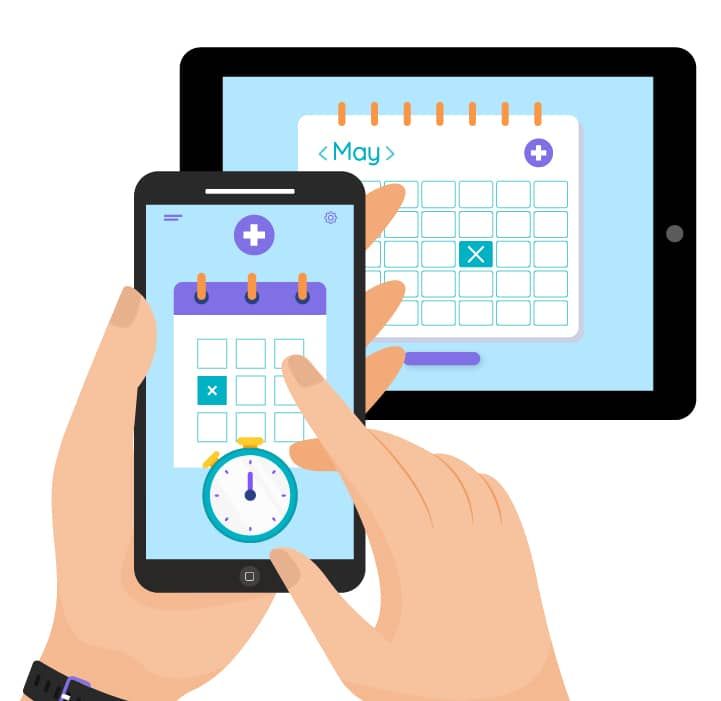Patient Scheduling Software
Bridge Scheduling
Next-generation self-scheduling that supports custom workflows and improves patient satisfaction, loyalty, and retention.

Reduce Staff Workload With Automated Scheduling
Give patients the freedom to schedule and manage their appointments 24/7. Eliminate the need to have patients call during your office hours and spend time on hold, burdening already short-staffed healthcare organizations. Bridge Scheduling supports complex scheduling workflows to ensure that as many appointment types as possible can be self-scheduled. Bridge Scheduling integrates with your EHR and PM systems so your patients can book, reschedule, and cancel appointments in real time. Automated reminders can be sent based on patients’ preferred communication channels.

Improve Operational Efficiencies With Bridge Scheduling

Offer patients convenience right from the start. Bridge Scheduling allows patients to book an appointment in under a minute on average.

Two-way integrations ensure that patients can book appointments based on up-to-date data.

Send automatic reminders through email, text, IVR, and push notifications to minimize no-shows and last-minute cancellations.

Bridge Scheduling can be accessed directly on your company’s website, or through our user-friendly patient portal or client-branded mobile app.

Reduce call volume so staff can spend more time focusing on their medical specialisms to deliver a better patient experience.

Ensure patients get the right appointment at the right time with a built-in logic system that supports your scheduling rules.

The BridgeInteract Patient Engagement Platform
Bridge Scheduling is one of the multiple modules which make up the BridgeInteract Patient Engagement Platform – a suite of digital tools for patients. Bridge Scheduling can be purchased as a standalone module or along with other BridgeInteract modules. BridgeInteract includes the following modules: